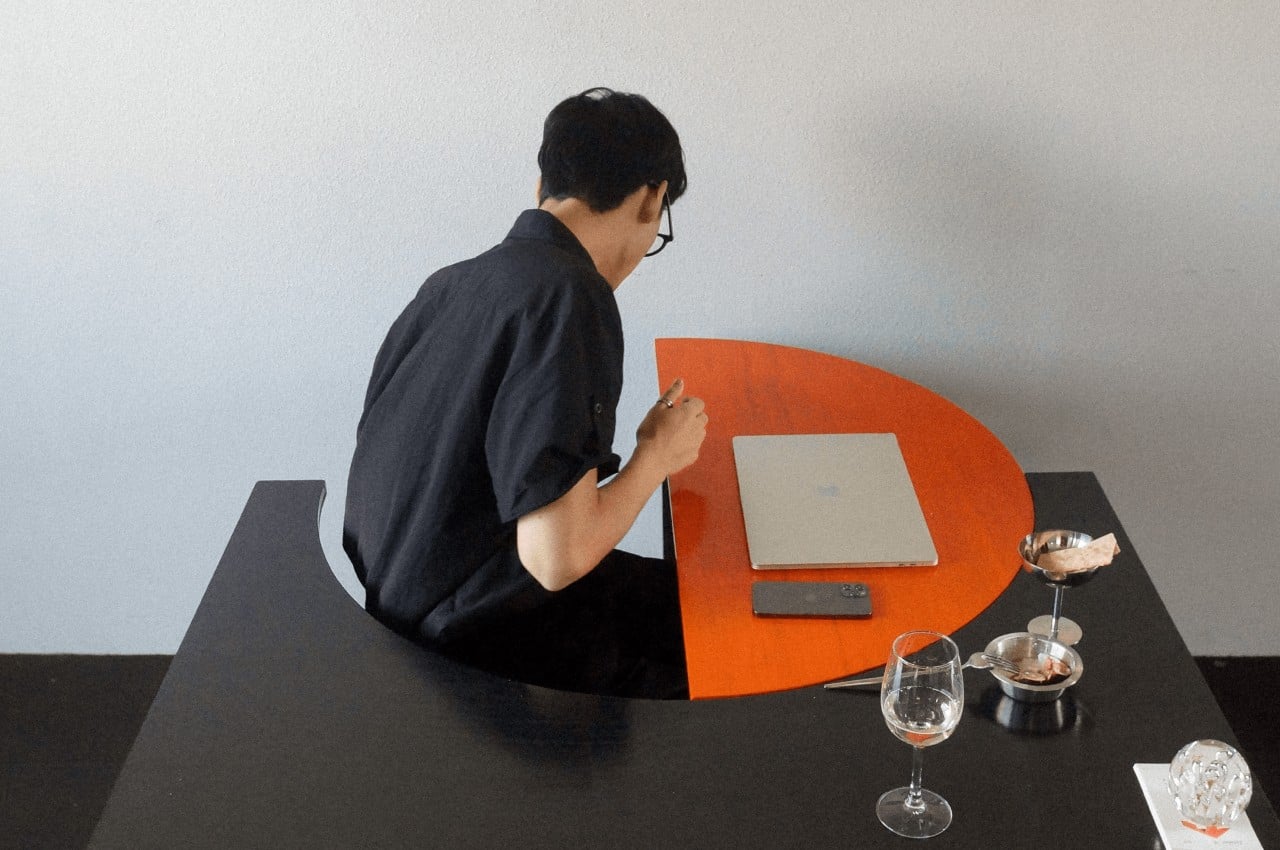
The past years’ new work-from-home arrangements made people realize how limited their options are when it comes to setting up a dedicated working space. This problem, however, isn’t new to those occupying smaller places, like just renting a room or living in single-person households. More often than not, the same table they use for eating is one they’d use for doing other kinds of work or vice versa. It’s terribly easy to make that happen by keeping the table’s surface clean, but it doesn’t leave much room for flexibility, much less for aesthetics. This table design concept turns this multi-purpose setup into something like a puzzle game, where pieces fit into different places, depending on what you want to use the furniture for.
Designer: Hyun Ju Ko
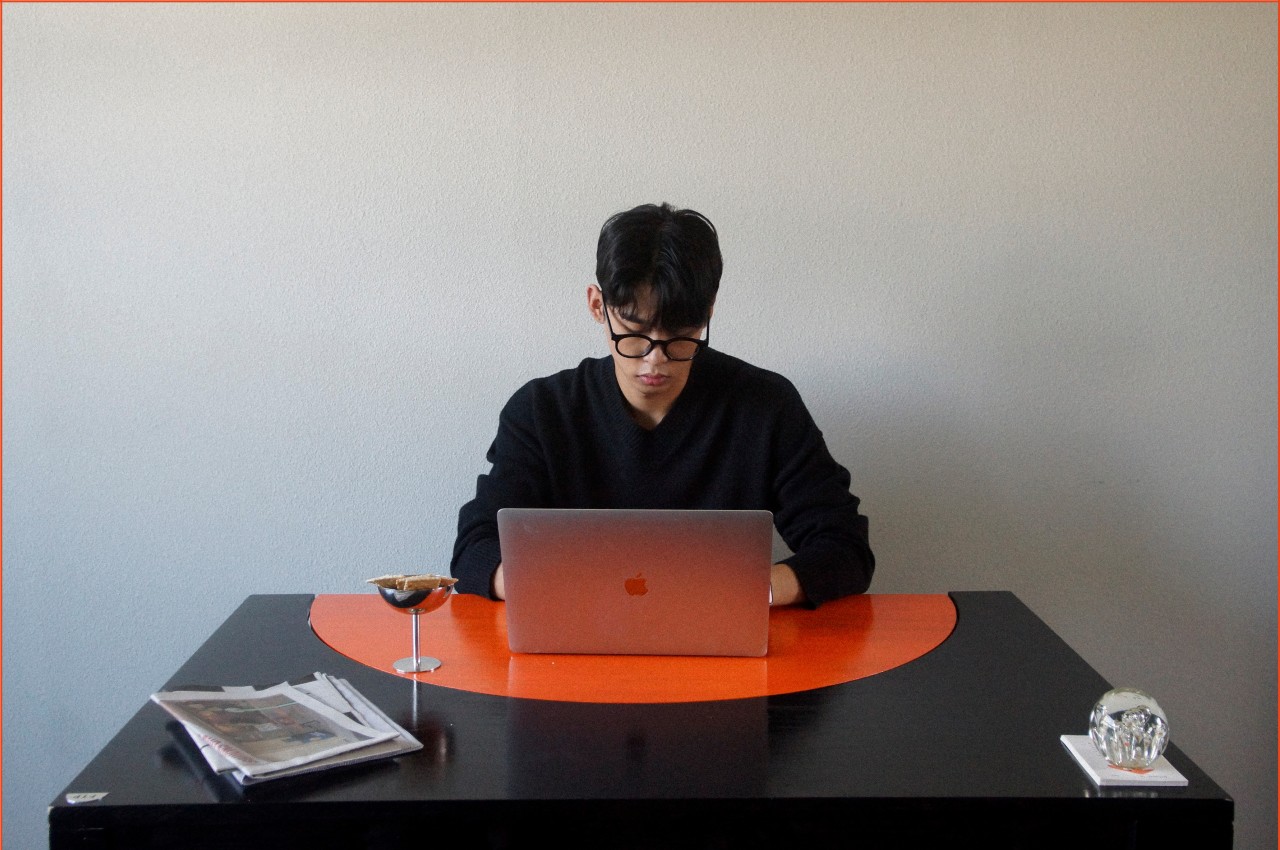
Modular desks and expanding tables are nothing new, but they have become even more popular as people try to rethink their use of one of the most common pieces of furniture in homes. Ideally, you would have different places for work and eating, but that’s a luxury not everyone can afford when floor space is at a premium. That doesn’t mean, however, that you can’t have distinct modes using the same table, and the FTP design concept does exactly that by making you turn just one part to go from working to eating or maybe both.



Short for “Finding Turn Point,” the FTP table looks like a regular rectangular piece of furniture, except for a half-circle that seems embedded in its top. That orange circle isn’t just visually distinct from the rest of the black table, it is actually a separate part that can be moved around and away from the rest of the table. Moving this shape around and changing its position becomes both a symbol and a ritual that can help your mind shift to a different kind of activity, whichever one you decide to associate with its position.


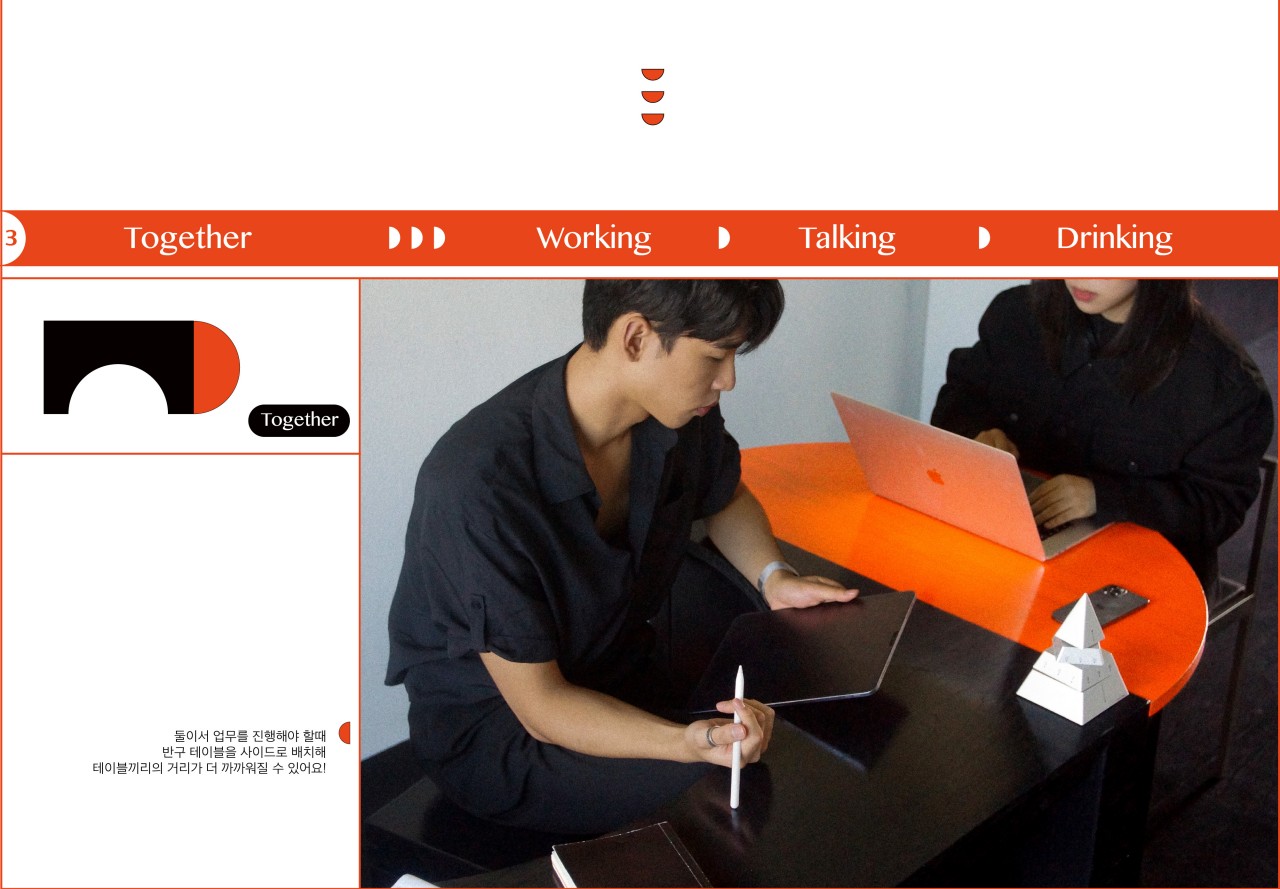
For example, you can use the table either as a desk or a dining table when the half-circle is flushed perfectly because you might want to have access to a whole and unbroken surface. Turn it to the left or right, and you can have something like an equivalent of a corner desk, where you can place different, unrelated materials on different sides. You can also pull out that part of the table and put it against any edge, extending the table’s reach for another person to join you at work or for meals.

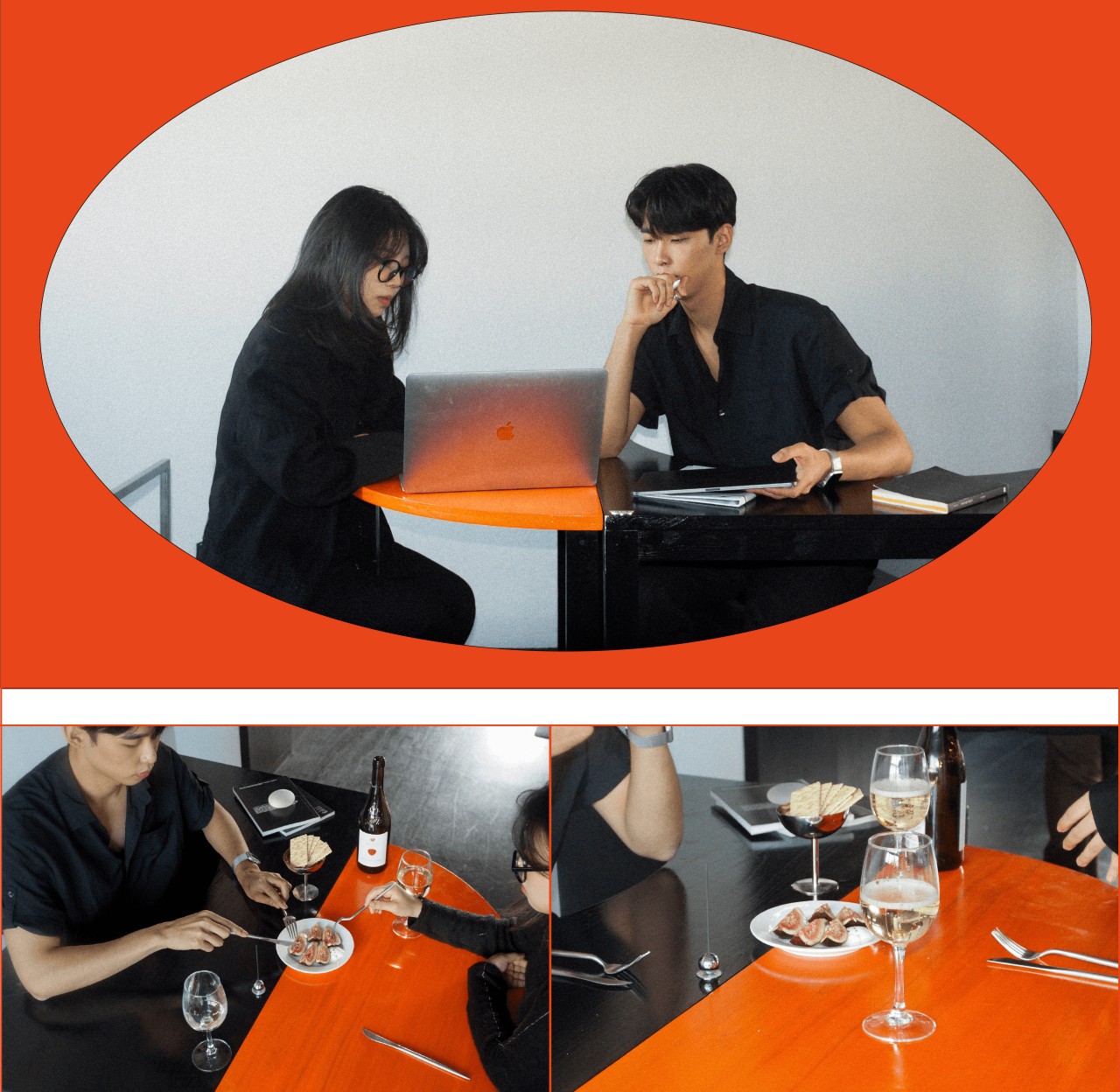
Of course, you aren’t exactly getting more table space, just moving things around to accommodate different activities and tools, from laptops to tableware. In the absence of separate tables for different purposes, the modular and shape-changing design can be a good cue to help your mind changes modes as well, setting up invisible yet palpable boundaries between work and personal life without losing precious floor space to another piece of furniture.

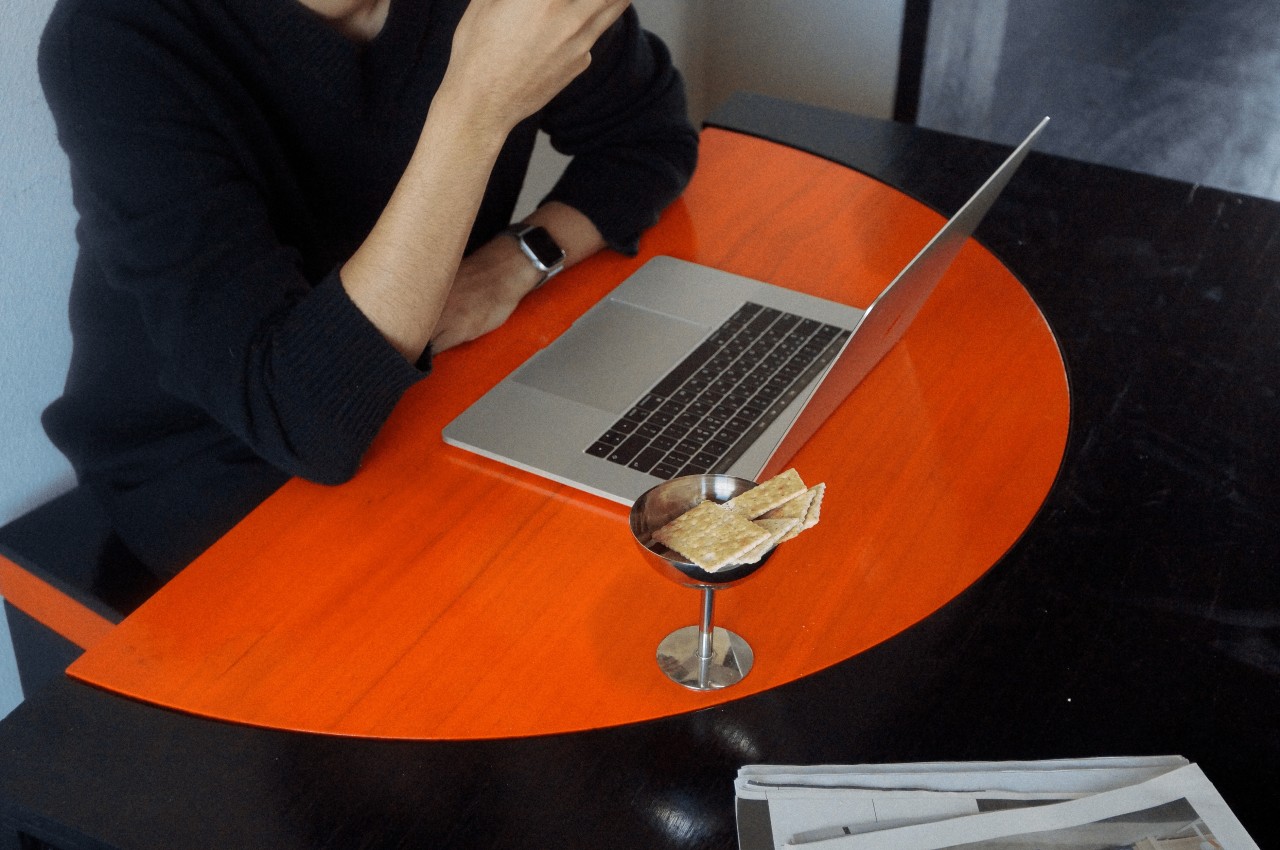
The post Modular table pivots to turn from work desk to dining table to social space first appeared on Yanko Design.
0 Commentaires